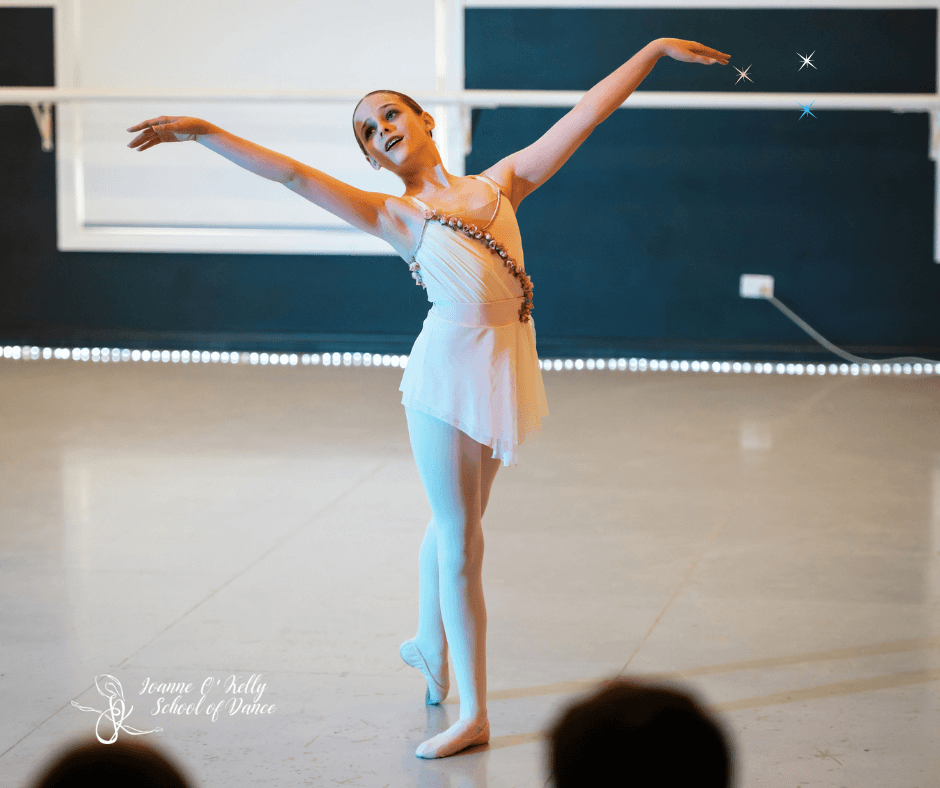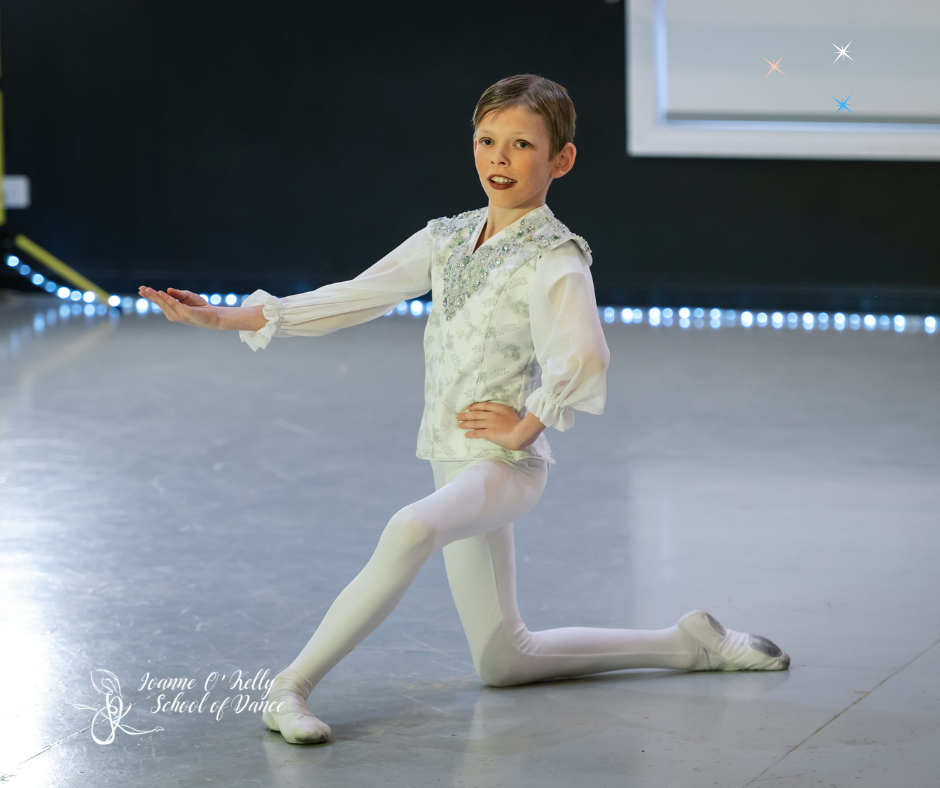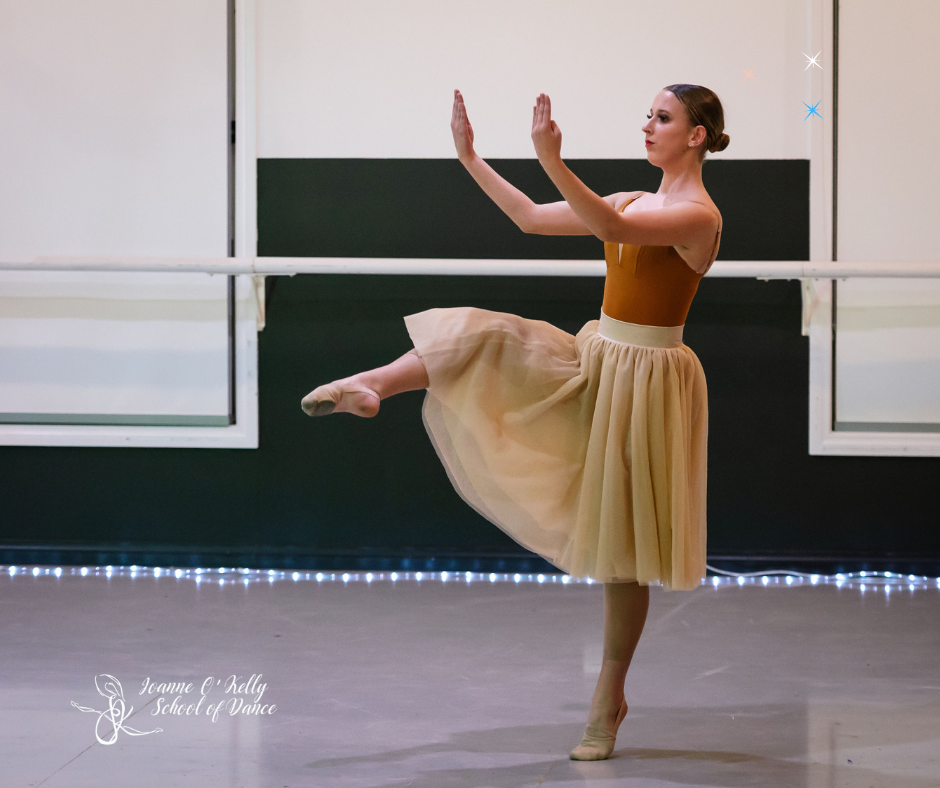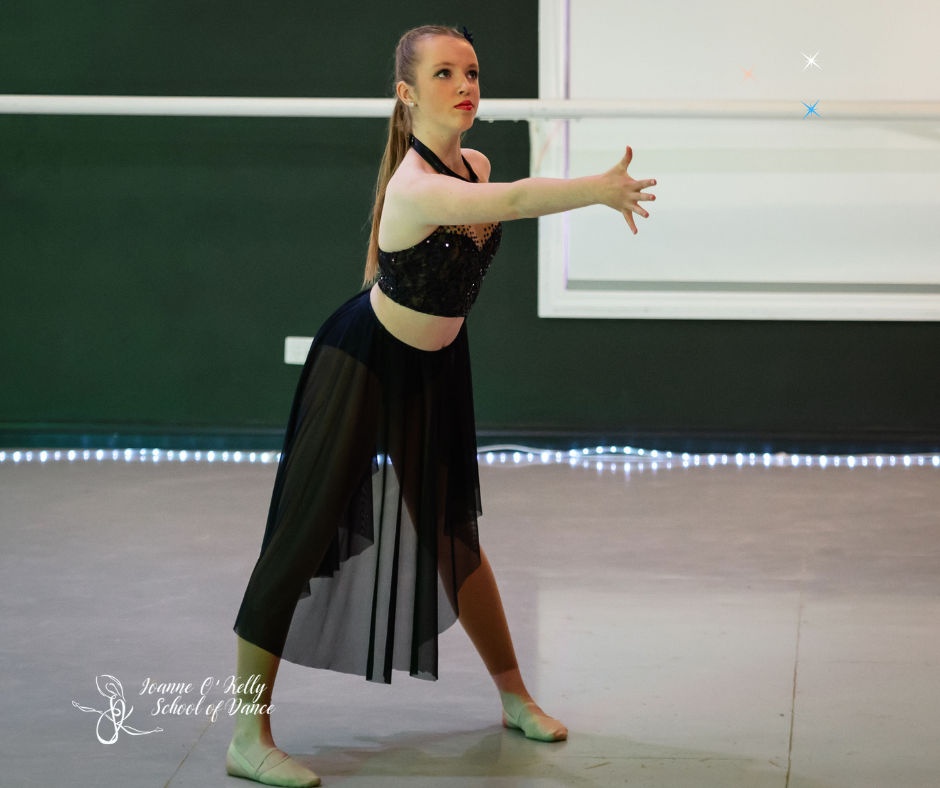
)
We are in the thick of our preparation for our first competition! Term 2 is always so busy for our students and so much excitement is in the air.
We understand that students will want to practice their dances at home, particularly solos and troupes which we really encourage. However, we often get asked what is the best way to support dancers as we want to ensure they are practising safely and with the best outcomes?
Here are our tips for supporting practice at home:
It’s important we don’t confuse students with corrections that may contradict what the teacher has provided. All of our teachers are qualified to produce excellent dances and will always want the best for the student. Our focus is to foster technical excellence whilst also make the whole experience enjoyable and fun for the dancer.
Once the choreography has been placed the teachers focus moves to corrections and this is just as important to practice as the choreography itself. We suggest that students bring a notebook to their solo and as soon as they can after the lesson write down some of the corrections. This then becomes an ongoing helpful tool they can use to read through before the next lesson as well as in the lead up to the stage performance.
We encourage as much practice as possible between lessons as this will help refine and polish routines. If possible, why not carve out specific times to practice throughout the week and make it part of your routine? The most important thing is to ensure that we keep the practices positive and don’t turn it into a chore. If your child is tired give them a break before encouraging practice again.
We always say it is best to practice the same day whilst the choreography is still in their bodies as this helps to reaffirm and cement the new steps in the memory and muscles. If possible also practice the next day whilst it is fresh. Then leave a few days before practicing at least one more time before the next lesson, preferably two, following the notes for corrections.
Dancers can also benefit from a mental practice throughout the week, whether that is going through in their head when going to sleep or first thing in the morning as they get ready for the day.


Before the onset of digital technology all dancers had to rely on their memories alone to rehearse solo dances. Now with phones and tablets we are able to record every rehearsal and refer back to it for help. Whilst this is a fabulous tool we can use to help our memory, we find sometimes it means the dancer takes longer to really feel the dance and musicality.
It is one thing to know the steps and perform them, it is quite another to connect to the music and feel it through the body. We suggest that all dancers should practice the dance with music alone, or even just listen to the music during the day to work on their connection.
It’s sad that most of us are now used to clearing a space after dancing online for nearly two years in our homes. We now all understand the importance of not jumping on concrete floors and ensuring we move furniture so there is no risk of injury.
We always encourage dancers to practice the performance, however please try and leave the big jumps and movements to the studio only as then we can ensure they are always executed in the safest way.
We want dancers to slow down and break the dance down into smaller parts and practice each section to make sure it is being execute properly. By breaking down the moves you can focus more on the individual steps, ensuring all the placement is happening and the technique is being perfected.

